
A Lectin Receptor Kinase as a Potential Sensor for Extracellular Nicotinamide Adenine Dinucleotide in Arabidopsis thaliana (OA)
eLife Besides its role as an enzyme cofactor, NAD is also a plant signaling molecule. In particular, it leaks from wounded areas and activates defense pathways in the neighboring tissue, an effect that can be mimicked by application of extracellular NAD.
The presence of a sensing mechanism for extracellular…

Live-Cell Imaging of Mobile RNAs in Plants
One of the most exciting findings in the past few decades is the discovery that individual mRNAs and noncoding RNAs can act as long-distance signaling messengers traveling cell to cell to distant sites in the plant. Numerous examples unveiled the involvement of endogenous RNAs as non-cell-autonomous…
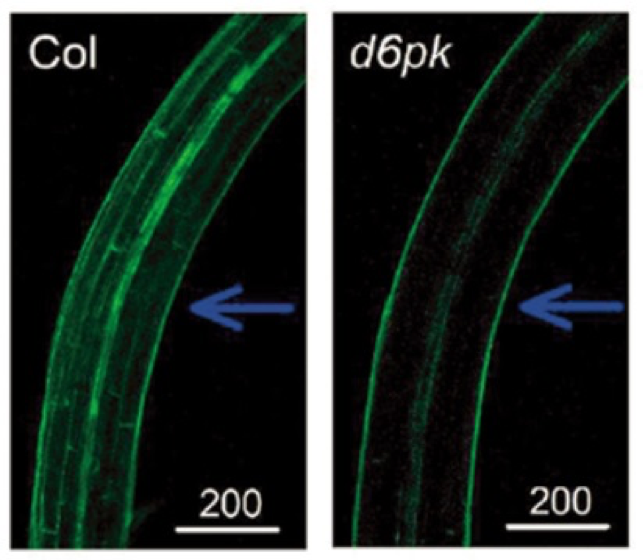
Roles of AGCVIII kinases in the hypocotyl phototropism of Arabidopsis seedlings (Plant Cell Physiol.)
Phosphorylation and de-phosphorylation are fundamental events for signal transduction. Phytohormone and light signaling are no exception in this case. Plants face towards light by creating lateral auxin gradient between exposed and shaded sides. This asymmetric auxin distribution is mediated through…
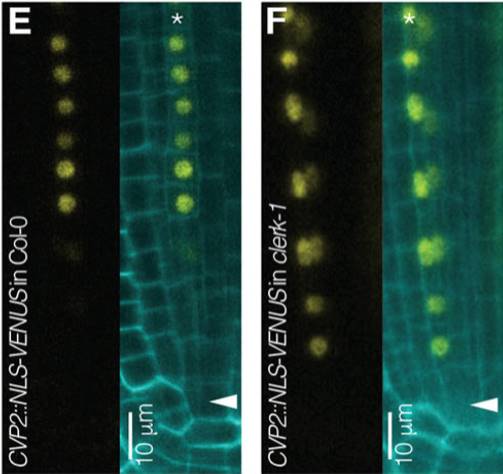
CLERK is a novel receptor kinase required for sensing of root-active CLE peptides in Arabidopsis (Development)
Small secreted peptides including CLEs have been identified as contributing to plant development. CLE26 and CLE45 have been shown to regulate protophloem differentiation in the root tip. Anne et al. used a combination of genetic screening and transcriptomics to identify factors downstream of these peptides.…
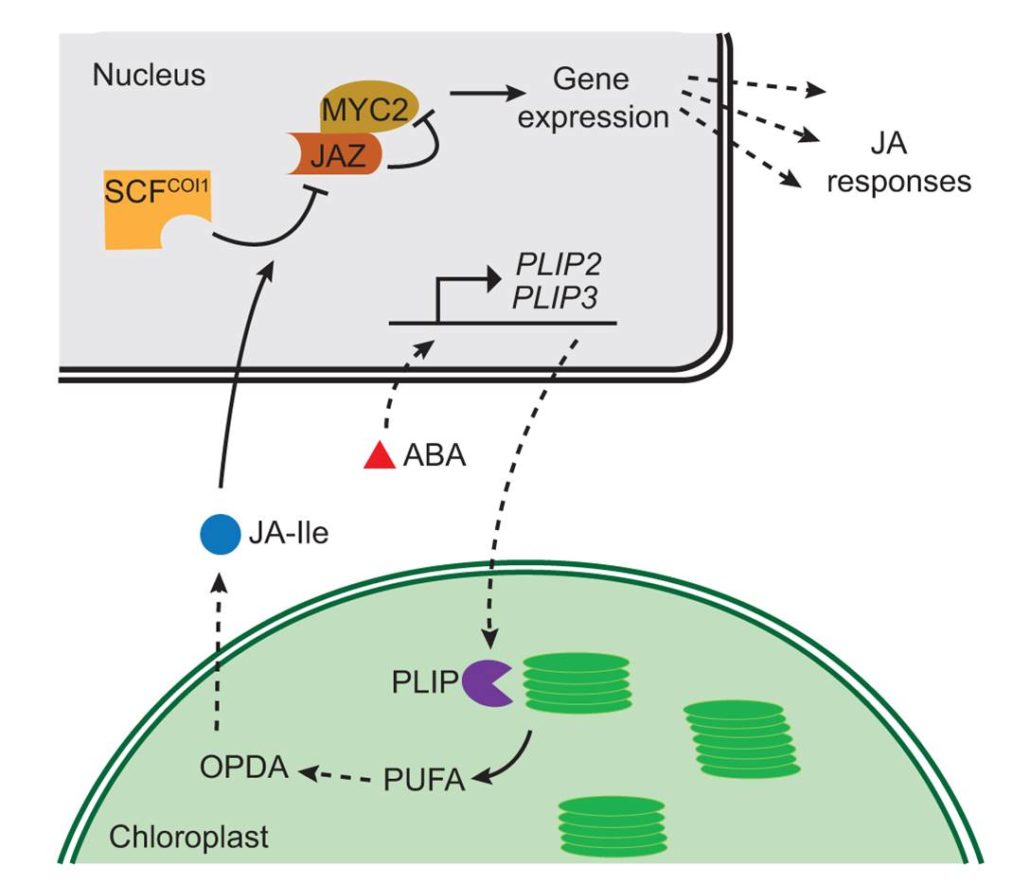
The Lipase Link: Abscisic Acid Induces PLASTID LIPASES, Which Produce Jasmonic Acid Precursors
Crosstalk, crosstalk— it’s a word that keeps coming up. Indeed, and perhaps not surprisingly, plant hormone signaling pathways all seem to affect each other to some extent. For example, the MYC2 transcription factor plays roles in abscisic acid (ABA) and jasmonic acid (JA) signaling in the response…
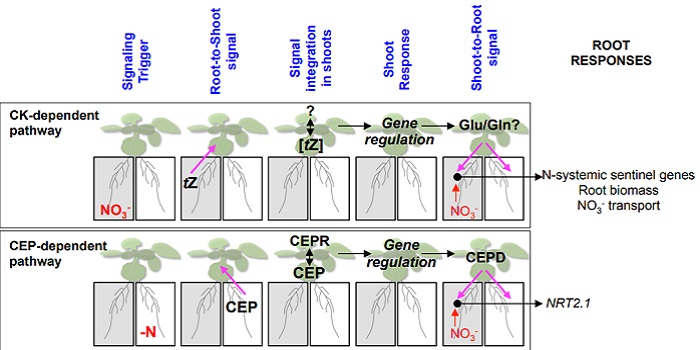
The cytokinin trans-Zeatin plays a role in long distance nitrogen signaling ($) (Plant Cell)
Plants modify gene expression and physiological processes to overcome temporal and spatial variations in nitrogen availability. These modifications rely on complex root-shoot-root signaling networks which are triggered by cytokinin biosynthesis. Poitout and colleagues use mutant analysis, transcriptome…
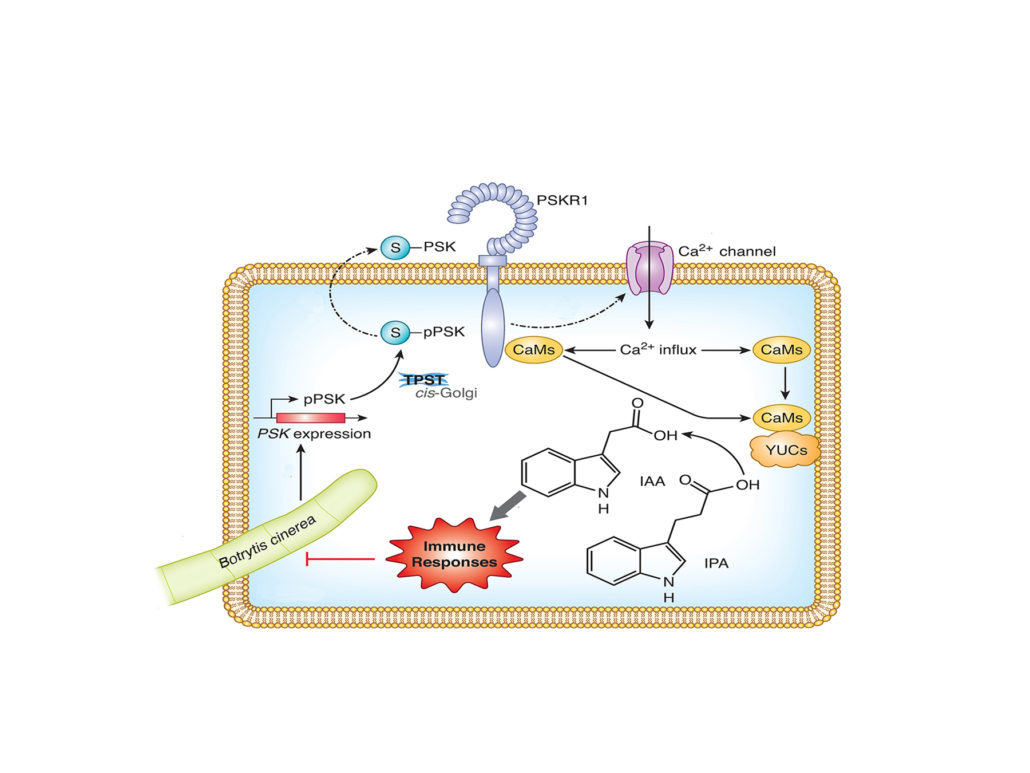
Small Peptide PSK Induces Plant Immunity Against Botrytis cinerea
Zhang et al. show how PSK initiates Ca2+- and auxin-dependent immunity https://doi.org/10.1105/tpc.17.00537.
By Huan Zhang, Zhangjian Hu and Kai Shi
Background: During plant-microbe interactions, some small secreted peptides are secreted into the apoplast between plant cells as damage-associated…
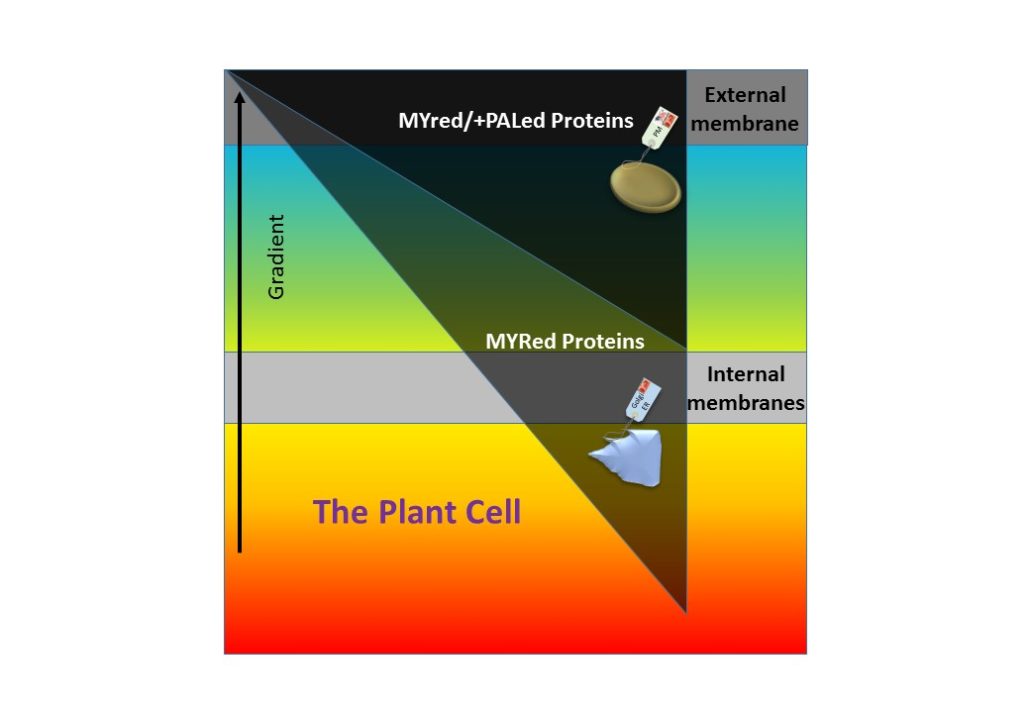
Lipid Anchor: Postal Code for Proteins on the Road to Membranes
Majeran et al. investigate how plant cells target proteins to membrane compartments https://doi.org/10.1105/tpc.17.00523
By Wojciech Majeran, Thierry Meinnel & Carmela Giglione
Background: Living cells are encased in an oily barrier, the plasma membrane, made up of a double layer of lipids…

A plant phytosulfokine peptide initiates auxin-dependent immunity through cytosolic Ca2+ signaling (Plant Cell)
Plants are exposed to a wide variety of biotic stressors such as herbivores and microbial pathogens. Thus, they have developed a sophisticated response system which involves different signal molecules and accurate signaling pathway responses. Among them, phytosulfokine (PSK), a disulfated pentapeptide,…

